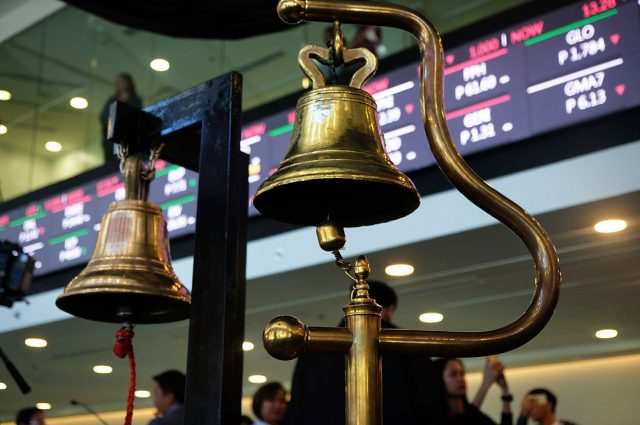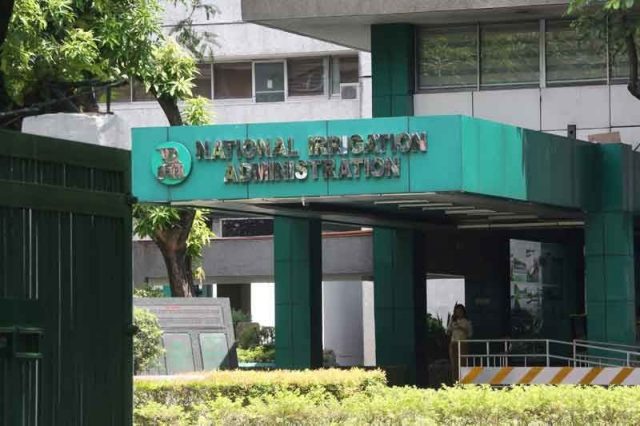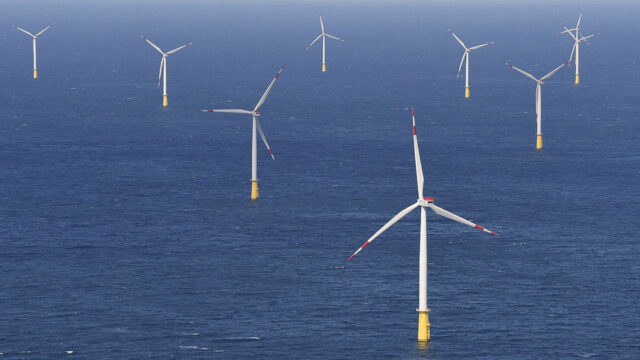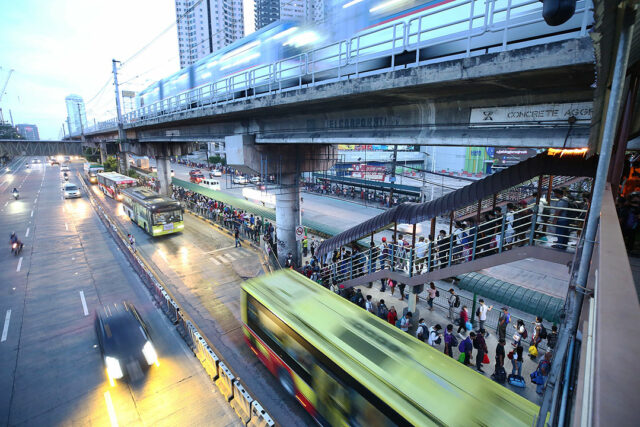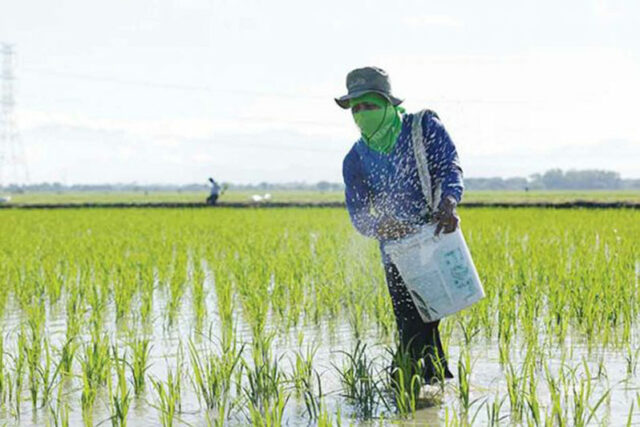THE Department of Finance (DoF) said it expects investments in water projects to be amply incentivized by the recently signed Public-Private Partnership (PPP) Code.
“The enactment of PPP Code is a resounding testament to our commitment to fostering stronger collaboration with the private sector,” Finance Undersecretary Catherine L. Fong said.
Speaking on behalf of Finance Secretary Ralph G. Recto at a forum on Tuesday, Ms. Fong said that despite the abundance of Philippine resources, “many of our communities still suffer from a lack of potable water while others endure the devastating effects of flooding year after year due to climate change.”
Ms. Fong said that the government is urging collaboration with the private sector on “forging sustainable solutions through investments in surface water sources.”
The government’s infrastructure flagship program list includes 44 projects related to water resources valued at P839.2 billion.
“In December, President Ferdinand R. Marcos, Jr. signed Republic Act No. 11966 or the PPP Code which streamlines the framework for PPPs at both national and local levels,” she said.
“The government is actively pushing (for an) environment where PPP investments flourish even further,” Ms. Fong said, citing the proposed amendments to the Corporate Recovery and Tax Incentives for Enterprises (CREATE) Act.
The DoF also noted the creation of the Department of Water Resources to better improve the management of water systems.
“At present, there are over 30 agencies with redundant roles, managing the country’s water resources. There are overlapping functions resulting in disjointed planning, and uneven policy execution,” Ms. Fong said.
“The proposed department will serve as a primary agency responsible for the comprehensive and integrated water resources development and management,” she added.
She also said that the Finance department is working with the Energy department to attract more water infrastructure investors.
“We welcome investments that optimize the use of government assets for the betterment of our community,” she said.
“Our collaboration will not only ensure water security, above all, it will bring us faster and farther on the road to inclusive growth and as a good teacher for everything,” she added.
Separately, British Ambassador to the Philippines and Palau Laure Beaufils said that strengthening water systems will be crucial due to the threat of climate change.
“Vulnerability to climate change also threatens infrastructure provision and operation,” she said.
She said that some 2.2 million Filipino families have no access to safe drinking water while 1.6 million families do not have adequate access to basic sanitation.
“Exacerbating the challenge of efficient water resource management is the inescapable impact of climate change. We all know that the Philippines has been ranked as the most disaster-risk-prone country,” she said.
Ms. Beaufils said that attaining universal water supply and sanitation coverage is within reach.
“We just need to ensure that the water gets to the right place at the right time at an affordable price,” she said.
“We are committed to working with the government of the Philippines, with private sector partners, and with international partners on this,” she added.
Ms. Beaufils also noted that the so-called “blue economy” are priorities for both the UK and the Philippines, opening up opportunities to share best practices.
“For example, how to improve the water quality of the sea, how to harvest the plentiful rainwater that falls on both our countries each year,” she said. “How to promote tourism along our coastlines, including providing clean drinking water to tourist spots, how to ensure increasing urbanization with restricted space for those cities to grow, but not at the expense of sanitation.”
She also cited strategies for optimizing offshore energy capacity.
The National Economic and Development Authority has valued the Philippine blue economy at potentially more than a trillion pesos.
In December, the House of Representatives approved on second reading a bill that seeks to establish a framework for a blue economy that would sustain marine ecosystems and resources. — Luisa Maria Jacinta C. Jocson


